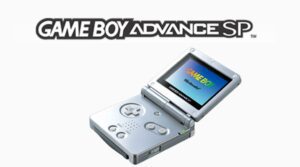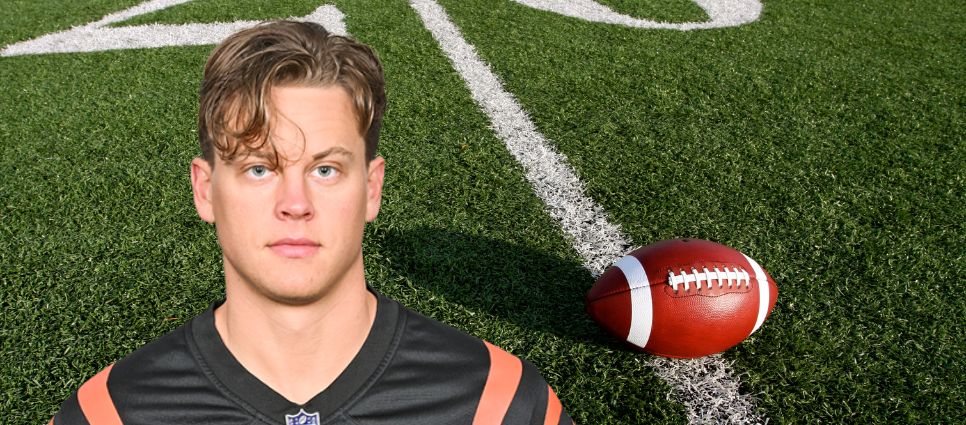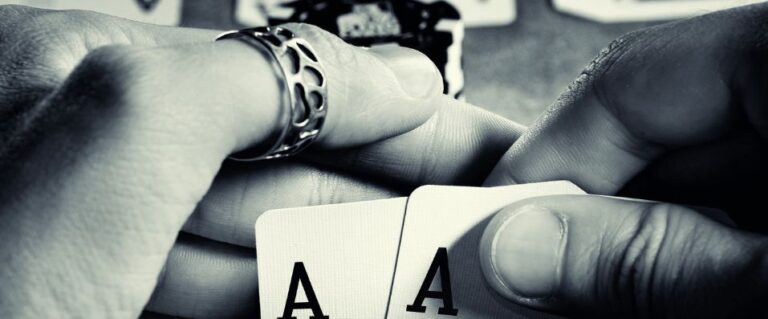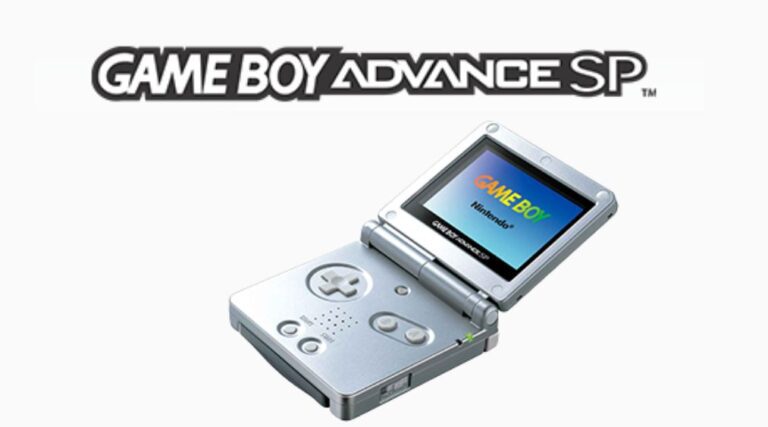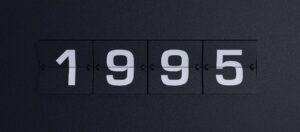عندما جو بورو يدخل أخيرًا إلى مرحلة الجمع الاستكشافي في اتحاد كرة القدم الأمريكية في عام 2020، لن يكتفي العالم بالتحديق في ميكانيكا رميه وتوقيته على مسافة 40 ياردة. القياس المحدد الذي سيطلق جدلاً عنيفًا داخل دوائر الاستكشاف: تسعة بوصات من امتداد اليد، كما هو مذكور رسميًا خلال تقييم ما قبل المسودة. هذه السمة البدنية المائلة إلى حد ما تم تضخيمها في نهاية المطاف في تحليل المسودة الشاملة. حتى أن البعض ناقش أهميتها في قدرة بورو على التعامل مع كرات القدم في دوري كرة القدم الأمريكية في الطقس السيئ. وكما شهد بالفعل معظم ما تبقى من مسار بورو المهني بشكل معقول، فإن حجم اليد هو مجرد جزء من حكاية حظوظ الظهير الرباعي.
مقدمة
حجم اليد لطالما كان مقياسًا بدنيًا مهمًا لاحتمالات الظهير الرباعي في دوائر استكشاف دوري كرة القدم الأمريكية. يمتد القياس من طرف الإبهام إلى طرف الإصبع الوردي مع تمديد اليد بالكامل.
أهمية حجم اليد
ترغب معظم الفرق في أن يكون لدى لاعبي الإشارات أيدي لا يقل طولها عن 9 بوصات؛ وعادةً ما يتراوح طول يد لاعبي الوسط من النخبة بين 9.5 و10.5 بوصة. هذا تركيز مباشر على حجم اليد من اعتبارات اللعب العملية الحقيقية.
توفر الأيدي الأكبر حجمًا من الناحية النظرية أمانًا أفضل للكرة في الظروف المعاكسة -المطر أو البرد- عندما يجب الحفاظ على الإمساك بالكرة؛ فمن الأسهل على لاعب الوسط أن يمسك لاعب الوسط في دوري كرة القدم الأمريكية الأكبر حجمًا قليلاً كرة القدم (مقارنة بأبعاد الكلية) وكذلك عند رمي جميع التمريرات المختلفة التي يجب القيام بها في المباراة.
سجّل بورو قياسًا وضعه في المرتبة الثامنة تاريخيًا بين لاعبي الوسط في دوري كرة القدم الأمريكية وتعادل في أصغر حجم يد بين لاعبي الوسط المحتملين في الدور الأول منذ عام 2008. بعد ذلك، قام برو برمي أكثر من 5600 ياردة ليثير المزيد من الشكوك بين المستكشفين.
يتم توحيد قياسات حجم اليد بشكل صارم في اللقاء التشاوري في جميع اللاعبين المحتملين للسماح بإجراء مقارنات بين فئات المسودات والمراكز. يقف اللاعبون واليد المهيمنة ممدودة بالكامل مع فرد الأصابع على نطاق واسع قدر الإمكان؛ ثم يستخدم الطاقم الطبي الفرجار للقياس من طرف الإبهام إلى طرف الإصبع الوردي.
شهد بعض لاعبي الوسط تباينًا في قياسات أيديهم بمقدار بوصة واحدة بين تدريبات اليوم المختلط وتدريبات يوم المحترفين. كانت القياسات الرسمية لبورو متسقة تمامًا عند 9 بوصات من جميع المصادر.
القياسات المقارنة
وهذا يضع بورو في الطرف الأصغر من أحجام الأيدي بين لاعبي الوسط الناجحين في دوري كرة القدم الأمريكية عند النظر إليها من منظور التاريخ. وضع الأساطير دان مارينو (9 7/8 بوصة) وبريت فافر (10 3/8 بوصة) وبيتون مانينج (9 7/8 بوصة) معيارًا بأيدٍ أكبر بكثير.
المعايير المعاصرة تتبع نفس النمط. باتريك ماهومز يسجل عند 9 1/4 بوصة، وجوش ألين عند 10 1/8 بوصة، وجاستن هربرت عند 10 1/4 بوصة حتى. أما درو بريس، الذي غالبًا ما يُعتبر قصة النجاح الشاذة بأيدٍ أصغر حجمًا، فقد جاء حجمه 10 1/4 بوصة - أكبر من امتداد بورو.
أصغر يدي ظهير رباعي ناجح في العصر الحديث تعود لمايكل فيك (8 1/2 بوصة) و راسل ويلسون (10 1/4 بوصة). يقع قياس بورو بين هذين النقيضين، وهو أقرب إلى قياس فيك من قياس ويلسون.
المخاوف والأداءات
انبثقت المخاوف الأصلية المتعلقة بحجم يد جو بورو من عاملين أساسيين: أولاً، أمن الكرة في الطقس العاصف؛ وثانيًا، ما إذا كان بإمكانه إظهار القدرة على تنفيذ جميع الرميات المطلوبة على مستوى اتحاد كرة القدم الأمريكية.
وبشكل أكثر تحديدًا، أعرب العديد من المحللين عن قلقهم من أن يُترجم صغر حجم يديه إلى مزيد من الأخطاء و/أو تمريرات أقل دقة في الأجواء الباردة أو الممطرة أو الثلجية الألعاب. اختيار فريق سينسيناتي بنجالس لبورو في المركز الأول في الترتيب العام على الرغم من قياس يده يبشر بموجة جديدة لكيفية تقدير الفرق بشكل متزايد للمقومات غير الملموسة - سرعة المعالجة والدقة والقيادة - على المقياس البدني البحت.
تفوّق بورو إحصائيًا على العديد من لاعبي الوسط بقياسات يد أكبر. فقد قاد فريق بنجلز إلى سوبر بول LVI في موسمه الثاني فقط بينما أكمل 70.41 ت3 ت3 من التمريرات خلال الموسم العادي. لا علاقة لقدرته على الرمي بدقة في النوافذ الضيقة بحجم اليد على الإطلاق.
التغلب على الشكوك
تكشف المقاييس المتقدمة أن بورو بارع في التمرير المتوسط والعميق - وهي المناطق التي يُفترض أنها الأكثر أهمية بالنسبة لحجم اليد. كانت نسبة إنجازه المعدلة في الرميات التي يزيد طولها عن 20 ياردة في العمق من بين الأفضل في الدوري في عام 2022.
حقق بورو أرقاماً مذهلة للغاية في مباريات الطقس البارد. في المباريات دون الـ40، يحمل حتى الآن تقييم 98.4 ممرر - أفضل من متوسطه في مسيرته المهنية البالغ 97.9.
في حين أن التقنية السليمة مهمة لأمان الكرة أكثر من حجم اليد، وفقًا لمدربي لاعبي الوسط في دوري كرة القدم الأمريكية، فإن الأيدي الأصغر حجمًا يمكن تعويضها بقوة القبضة وآليات الرمي، كما لاحظ مدرب لاعبي الوسط توم هاوس. إن قدرة بورو على الإمساك بكرة القدم بشكل صحيح تجعل حجم اليد غير ذي صلة إلى حد كبير.
صرح منسق الهجوم في فريق بنجلز براين كالاهان علنًا أن حجم يد بورو لم يكن له أي دور في تقييمهم. أظهر الشريط ظهيرًا رباعيًا يمكنه القيام بكل رمية بدقة بغض النظر عن الظروف. هذا ما يهمنا.
أشار غيل براندت، الذي كان مسؤولاً إلى حد كبير عن تطوير نظام قياسات الكومباين قائلاً: "كان لدينا في السابق نقطة بيانات حول حجم اليد [التي ترتبط]، لكنها ليست تنبؤية في دوري كرة القدم الأمريكية اليوم. لقد تغيرت اللعبة. نعم، لنستخدم الدقة واتخاذ القرار لأن هذه هي الأشياء الأكثر أهمية."
التقييم والمقاييس
إنه يلهم لاعبي الظهير الرباعي الشباب من ذوي الأحجام الصغيرة في اليدين، حيث يثبت مسار بورو مدى إتقان الحرفة والذكاء الكروي الذي يمكن أن يتغلب على أي قيود بدنية متصورة.
آفاق المستقبل
وطالما استمر هذا الدوري في المغازلة مع الافتتان بالرميات الجميلة في هجوم التمرير عالي الدقة، سيستمر حجم اليد في الانزلاق أكثر من الأهمية القصوى بين الصفات المرغوبة من قبل المكاتب الأمامية التي تضع المزيد من الأسهم في سرعة المعالجة والدقة التي لا يمكن رؤيتها على شريط القياس.
يشير نجاح بورو إلى أنه في حين أن حجم اليد يجب أن يؤخذ في الاعتبار في التقييم، إلا أنه لا ينبغي استخدامه كذريعة لمنع لاعب الوسط الذي يمتلك كل المواهب المطلوبة. وبالتالي، قد يتم استبعاد عدد أقل من اللاعبين المحتملين في المسودات المستقبلية بناءً على صغر حجم اليدين فقط.
يستمر الحديث في التحول نحو التقييم الشامل. من المحتمل أن تكون مسيرة بورو المهنية دليلاً قوياً على ذلك؛ فعظمة اللعب في هذا المركز تأتي في العديد من الحزم البدنية - حيث تتفوق الأمور غير الملموسة في كثير من الأحيان على القياسات.
يمكن العثور على مصادر وتغطية إضافية لرحلة بورو في حجم اليد على موك درافتابل, Reddit, بنغالز واير، و CBS. يمكن مراجعة قياس الجمع الملحوظ الآخر للمقارنة مع كيني بيكيت. لمزيد من المعلومات عن سياق الصور الفوتوغرافية، راجع منشور بورو على إنستغرام.

